Experts Claim Soviet Astronaut Was Left Behind in Space
Paranoia Times
It comes as no surprise that the space race was met with suspicion. Rumors and paranoia were widespread during the Cold War. The Soviet Union was notorious for keeping their space program under wraps, fueling the rumor mill even more. Speculations and stories about the space race were consistently suppressed - there is an explanation as to why these stories were not better known.
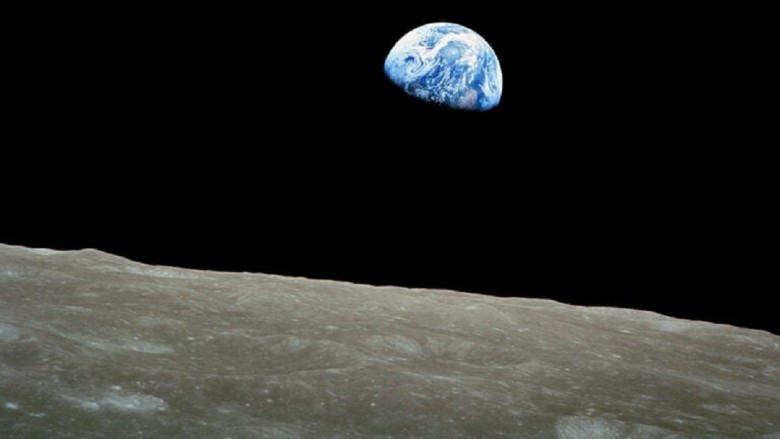
The Cold War was an intense time for humanity, marked by extreme caution and distrust between the parties involved: the United States and the Soviet Union. Both sides exercised utmost caution when it came to communication - betrayal was always a possibility. Misinformation also circulated, leading to disagreements and distractions.
Burning Questions
For decades, conspiracy theories about the Soviet space program have circulated in the public. These theories suggest that the Soviet Union sent people into space but never brought them back. This theory can only be met with questions.
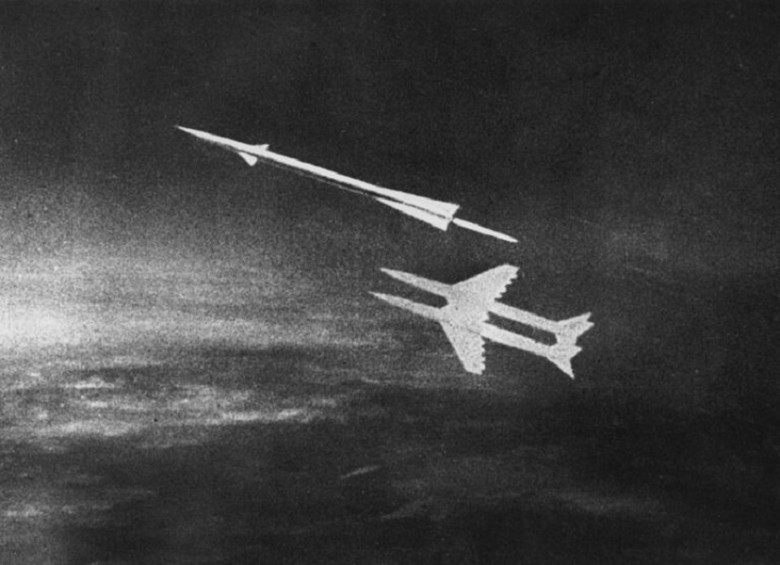
For many years, there was a debate over whether people had actually died in space before the famous Yuri Gagarin embarked on his well-known journey. This has been a source of speculation and intrigue, with opinions differing on the matter.
On Your Marks...
The Soviet Union's space program has a long and tumultuous history, beginning at the end of World War II as the USSR prepared for the Cold War with the United States. Both sides had access to rocket technology from Germany, and some believe that the Soviet Union achieved significant success during that time.
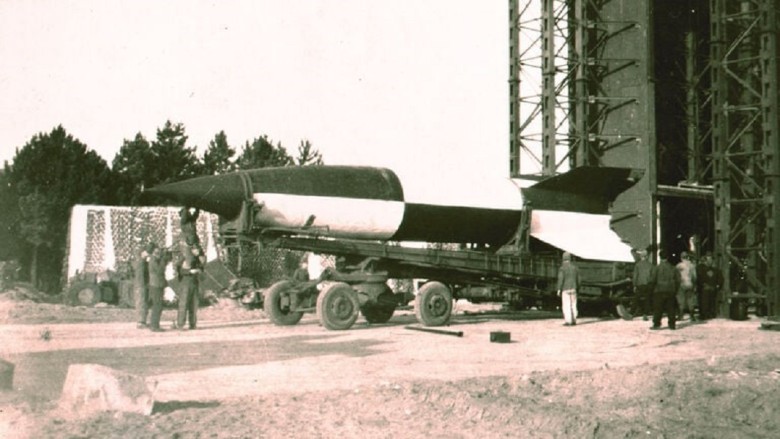
During the Cold War, the Soviet Union was focused on proving its technological superiority, and the space race was a major part of that. The Soviet Union was the first to launch a satellite into space and also sent the first human into orbit. However, the United States was the first to put a man on the moon. Nonetheless, the Soviet Union continued its space research, leading to the first space station and the first probes to explore other planets.
The Race Begins
The former allies of Germany, the United States of America and the Soviet Union, insisted on gaining the upper hand in the space race. As a result, elements of the German space program were shared between the two countries. This meant that each country had equal access to the technology and resources.
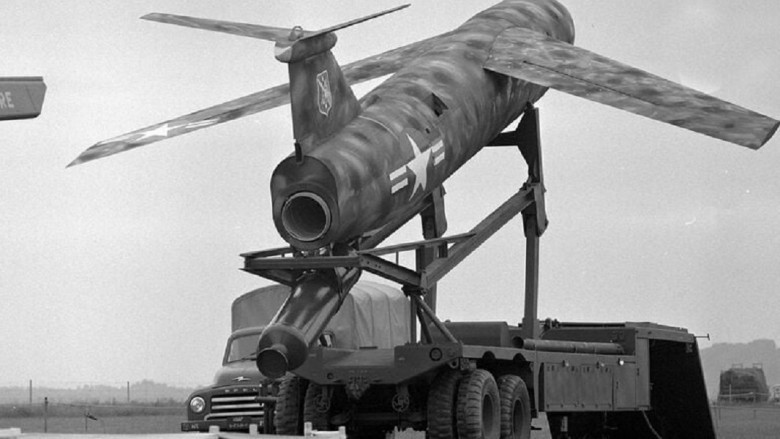
This competition between nations became known as the "space race" - it was about achieving the most milestones in space research, such as launching a satellite into orbit, sending a human into space, or landing on the moon. This competition spanned decades and remained a key factor in the Cold War.
High Flying
Animals were an essential part of the early space missions for both the USSR and the USA. If we exclude the bacteria that landed in space, fruit flies were the first animals in space.
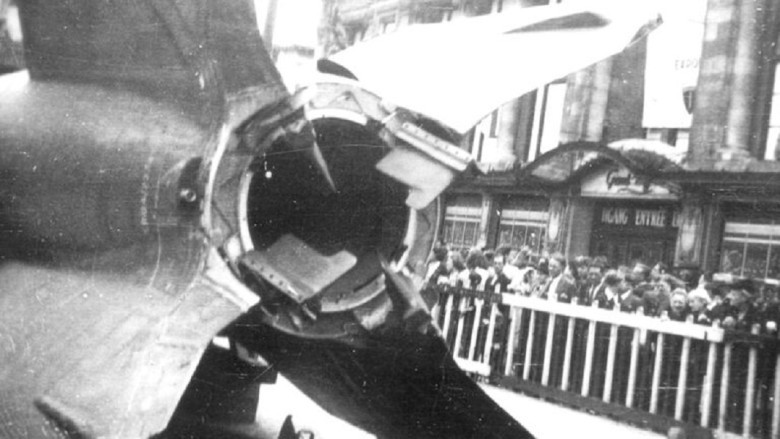
In the 1950s, the USA frequently experimented with fruit flies to understand the effects of radiation. This was an important step in understanding the basic effects of space travel. The radiation encountered in space is stronger than on Earth.
Monkeys
In 1949, the USA made history by sending a Rhesus monkey named Albert II into space. It was the first time a mammal had left Earth and its atmosphere. It was a milestone in the history of space exploration. Albert II was launched into space with a V2 rocket.
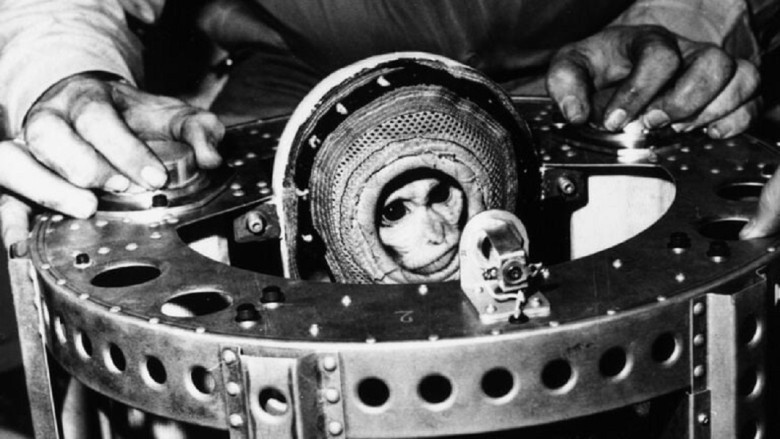
He managed to survive the rocket launch but unfortunately did not make it back to Earth alive. Despite the tragedy of his death, Albert II's mission was a success. His mission brought space exploration one step closer to transporting humans into space.
Pivotal Pups
During the Cold War era, the Soviet Union embarked on a series of experiments involving dogs. Two of these unfortunate animals were named Dezik and Tsygan. In 1951, two dogs were placed onboard a rocket and shot into space.
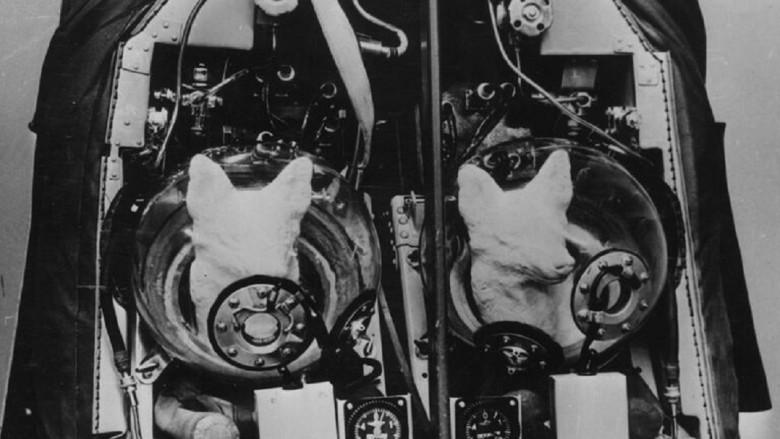
Despite the failed mission, the two dogs were celebrated as heroes, with their bravery publicly glorified. The mission was a significant step in the right direction for the Soviet Union, and the two dogs were honored as part of the progress.
Sputnik 1
In 1957, the competition between the USA and the Soviet Union escalated. The Soviets had made significant advancements and in October of that year, they achieved another milestone with Sputnik 1 - the first man-made satellite to reach orbit.
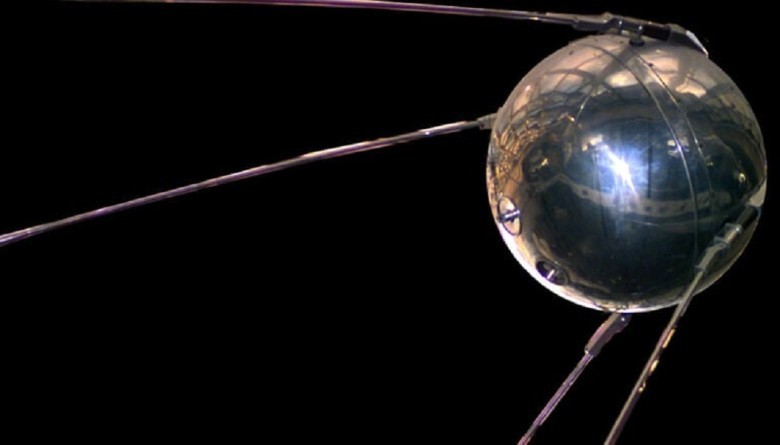
This extraordinary accomplishment enabled further exploration of space and served as a testament to the technological superiority of the Soviets. It was a major step in the space race and showcased an exceptional performance in the field of research.
Laika, the Space Dog
In October 1957, the Soviet Union launched Sputnik 2 into space, just a month after the first satellite, Sputnik 1. This time, the satellite had a special passenger on board - a small dog named Laika. Laika, a brave and loyal companion, was the first living creature to reach orbit. She was a stray dog from Moscow chosen for this extraordinary task.
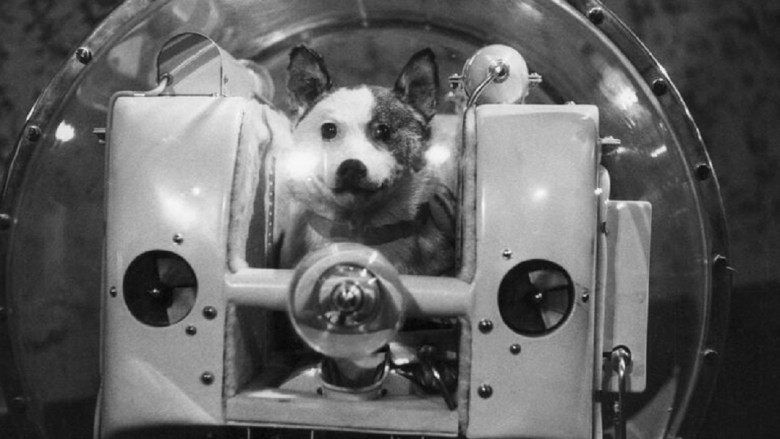
Laika's journey was also a significant milestone in the history of space exploration. Although the mission was successful, the technology was not yet advanced enough to bring the animal back to Earth. Unfortunately, Laika did not survive her journey, but she will forever stand as a symbol of courage and research.
Laying the Foundation
It was widely known that Laika's mission would end in tragedy; her death was an inevitable outcome. Despite the sad reality, two more dogs were sent into orbit in 1960, both fortunate enough to return alive. The Soviet space program had laid the foundation for bringing humans closer to the stars one day.
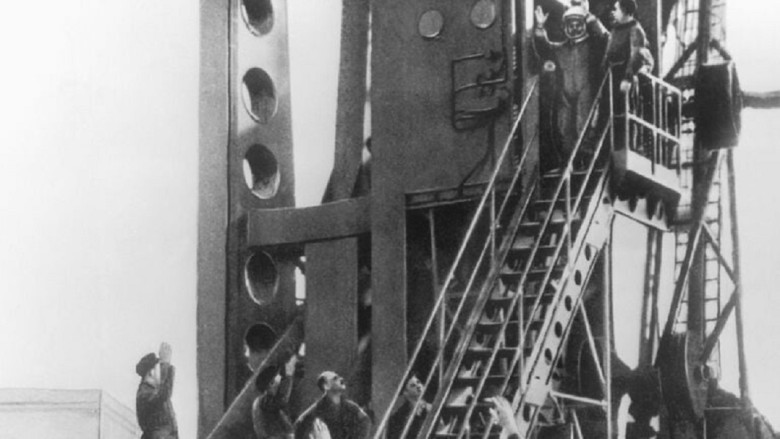
The Soviet space program worked relentlessly to win the space race. Giving up was never on the agenda, and they dedicated themselves to achieving their goals. Each step was aimed at getting closer to the stars, and without faltering, they would go down in history.
Gagarin's Launch
On April 12, 1961, the launch of the Vostok 1 rocket took place, carrying the brave cosmonaut Yuri Gagarin, who left the Baikonur Cosmodrome in Kazakhstan. Gagarin embarked on a journey that would make him a historical figure, becoming the first human to orbit the Earth.
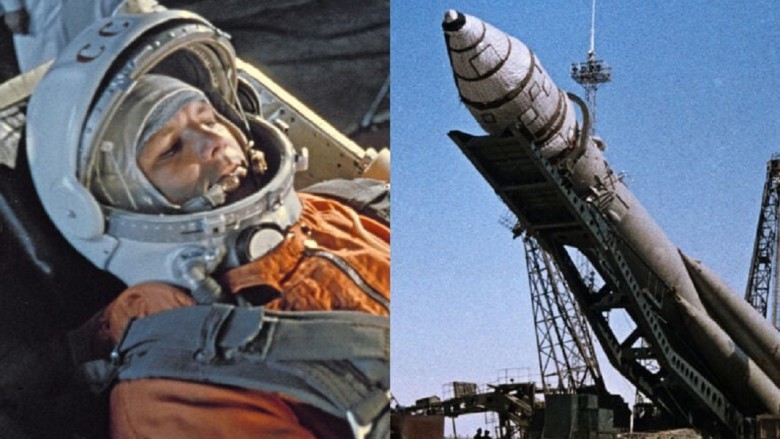
Gagarin's departure into space marked the beginning of a new era in space exploration. He will forever be regarded as a pioneer, the first human to venture into space, circling the world for 108 minutes before safely returning. The name Gagarin will remain significant for many generations to come.
A Rocky Landing
Although the mission went smoothly, the landing was less than ideal. As the spacecraft approached Earth, a malfunction occurred, causing intense shaking that endangered Gagarin's life. The shaking was so severe that Gagarin lost control of the spacecraft and was tossed around.
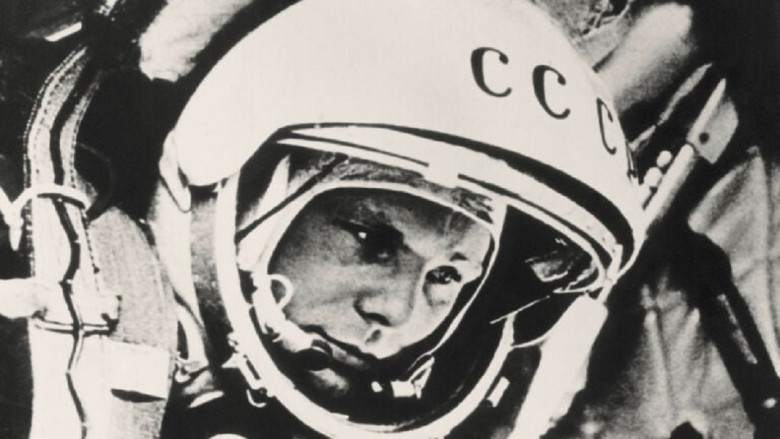
Ultimately, Gagarin had to rely on the emergency parachute, which safely brought him down to the ground. Gagarin was aware of the risks he was taking, and fortunately, the parachute system worked as planned. It was a relief to be back on the ground, with gratitude for the emergency plan.
Shepard was up next
Gagarin's journey into space immediately made him a prominent figure. He was hailed with gratitude and honor by the Soviet Union, and news of his success spread to the United States as well. However, the U.S. was less enthused about the milestone achieved by the Soviet Union.
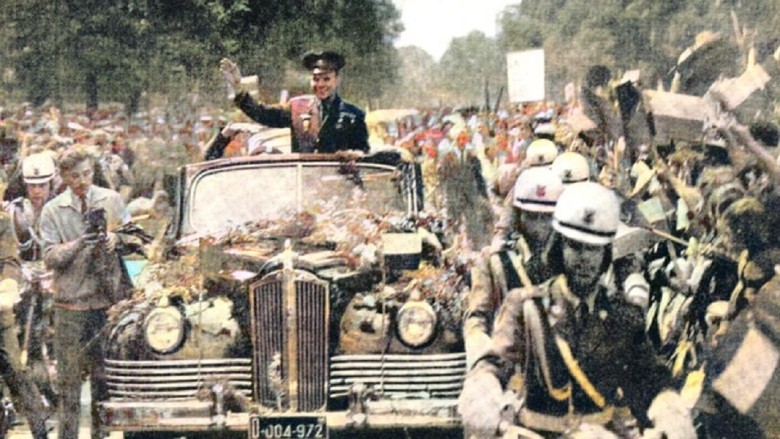
Exactly one month after Yuri Gagarin became the first man in space, Alan Shepard became the first American to achieve the same feat. His mission was a direct response to the Soviet Union's successes and marked a significant point in the space race. Shepard's journey was likewise a monumental success and a huge step forward for the U.S.
The first woman in space
Despite the early successes of the Soviet Union, the United States was determined not to give up in their race to the moon. In 1963, Valentina Tereshkova became the first woman to be sent into space, and a few years later, Alexei Leonov embarked on a spacewalk. These monumental milestones demonstrated the ability of humans to move in the vacuum of space. The Soviet Union's success became a source of pride for the entire nation.
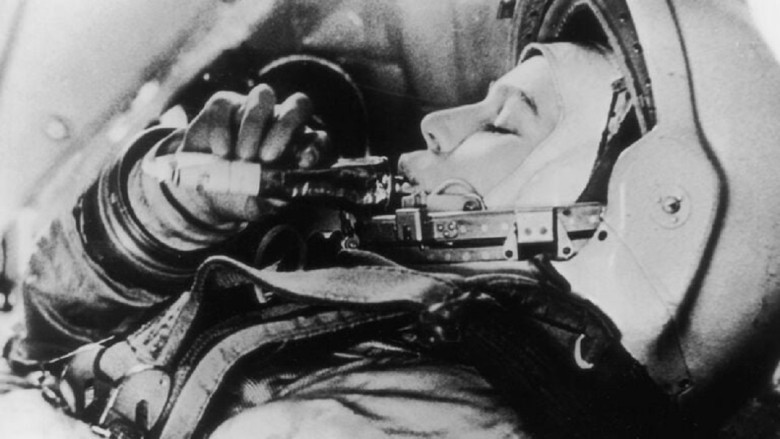
Initially, it seemed like the Soviet Union would be the first to land on the moon. They had made significant progress and had several successful missions under their belt. However, everything took a turn when some attempts failed. The U.S. seized this opportunity, utilizing the Apollo program, and set out to reach the moon. This was a huge victory for the U.S. and a major setback for the Soviet Union.
Vladimir Komarov
The Soviet Union's attempts to land on the moon had encountered mechanical problems. A series of tragedies followed, the worst of which was the death of cosmonaut Vladimir Komarov in 1967. Komarov's death was due to a catastrophic malfunction of the spacecraft.
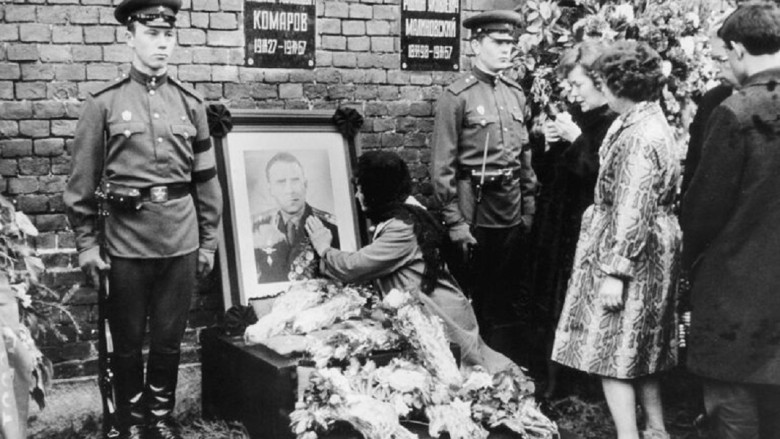
It was a devastating setback, as the Soviet Union certainly did not want to be known for this loss of life. It would take many years before they could finally send a man to the moon.
One small step
The Americans had been trailing behind the Soviet Union's space program for some time, but in the end, they managed to overtake them when they sent Buzz Aldrin and Neil Armstrong to the moon on July 20, 1969. It was a victory for the Americans and marked a monumental milestone in the history of space exploration.
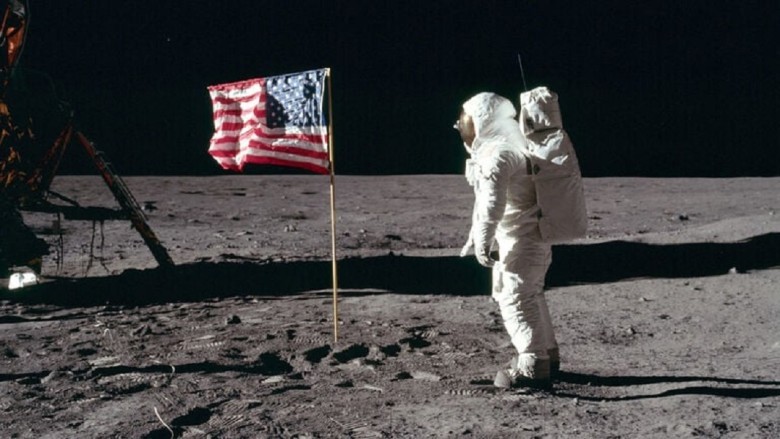
The mission was a success, and the two astronauts became the first people to ever set foot on the moon. It was a tremendous achievement for the U.S., and the Soviet Union had failed to keep up.
Rumors
The space race was a competition between the U.S. and the Soviet Union during the Cold War. It was about seeing who could make the greatest advances in space exploration. All of this was shrouded in strict secrecy, which fueled rumors.
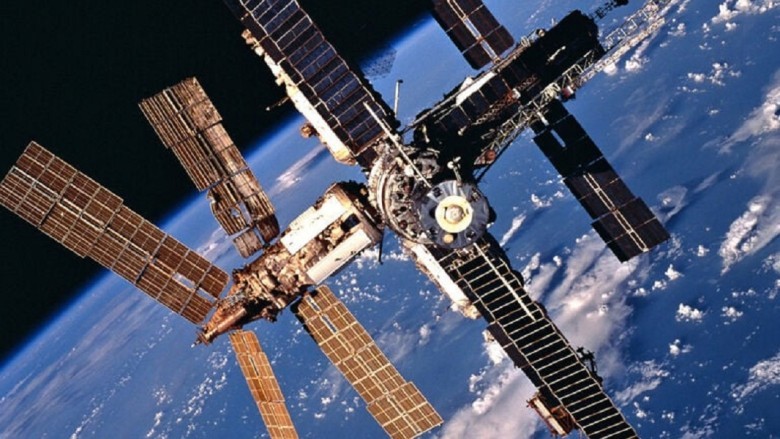
One of the most well-known rumors was that the Soviets had sent humans to certain death in space. This rumor persisted for decades and is still believed by many today. The lack of information contributed to the successful spread of rumors.
Lost Cosmonauts
At the beginning of the space race, there were many rumors surrounding the fate of the Soviet Union's cosmonauts. It was said that some had perished without ever being recovered, while others had suffered mental breakdowns due to extreme stress and expectations. It was believed that the psychological and physical demands were so great that some lives were lost in the process.
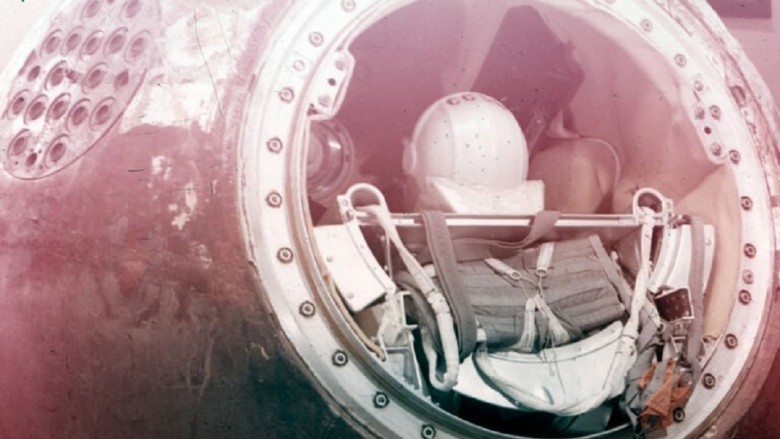
One of the most shocking rumors was that some cosmonauts had been left stranded in space, unable to return to Earth – supposedly due to spacecraft malfunctions. Despite the known risks, the Soviet Union continued their research. These stories were never confirmed, but they added a mysterious veil to the entire mission.
The Secret Pioneer
As Yuri Gagarin prepared for his historic journey into space, there were already rumors circulating. One rumor suggested that Yuri wasn't actually the first person to embark on this journey. Some people believed that the mission had taken place a week prior. This was a shocking accusation, as it would mean that the entire Soviet Union had kept silent for a week about it. It seemed almost impossible.
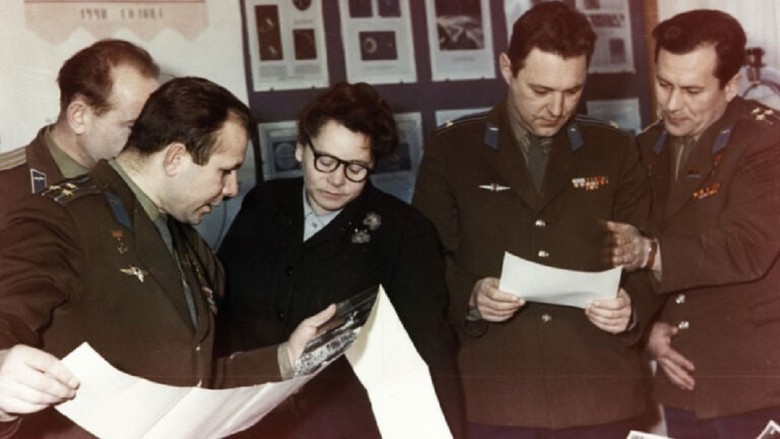
This was never confirmed either, but these rumors brought a sense of excitement. Despite the many stories, Gagarin was determined to be the first man in space. He was willing to take on the known and unknown risks.
The First Man in Space
The British communist newspaper, the Daily Worker, reported on an alleged mission called "The First Man in Space." According to Dennis Ogden, the cosmonaut was the son of a test pilot and had survived the mission, although not in the best condition afterward. Ogden further explained that the mission was a great success for the Soviet Union and that a man was sent into space.
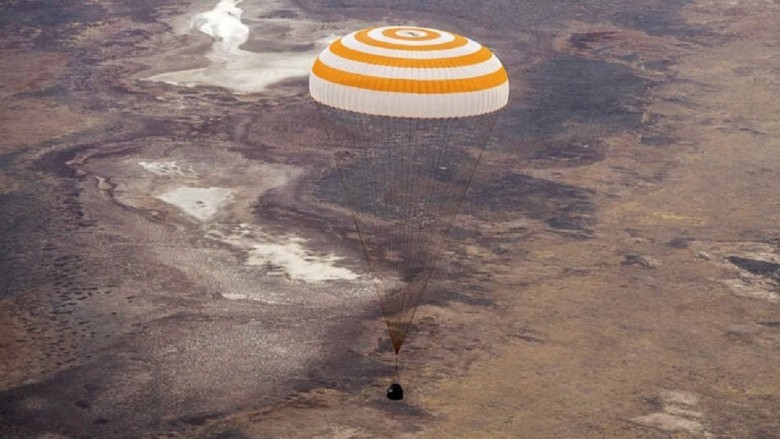
Additionally, he noted that the cosmonaut had spent a significant amount of time in space and the mission achieved a major goal for the Soviet Union. Ogden concluded that the cosmonaut was still undergoing treatment and would eventually recover.
Overjoyed
The report was met with a wave of excitement and anticipation, but the Soviet Union denied the claims. Only a few days later, Gagarin was sent into space, and the country celebrated the tremendous success. Gagarin's journey inspired generations of researchers and astronauts to push the boundaries of human exploration.
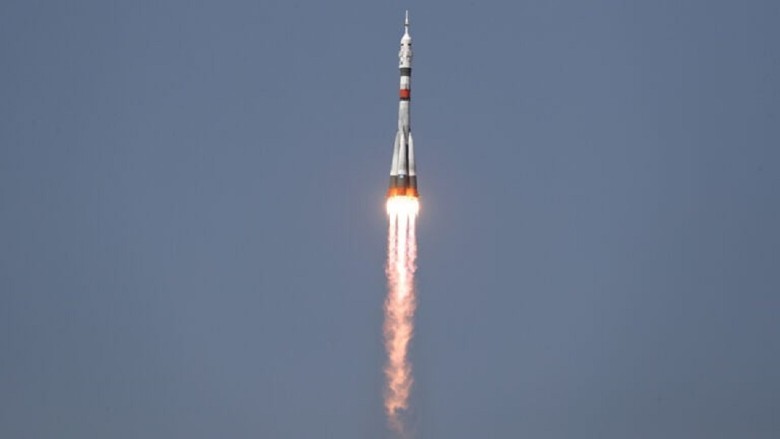
Ogden reported on this event, stating that the nation was happy and proud of its achievements. It seemed that the initial report had been forgotten, and now only the success was being celebrated.
Another Report
Ogden's first article could have been a mistake, but he managed to redeem himself in his second article about Yuri Gagarin's historic event. It was later discovered that another person had written about the "first mission" – they even named the cosmonaut Vladimir Ilyushin.
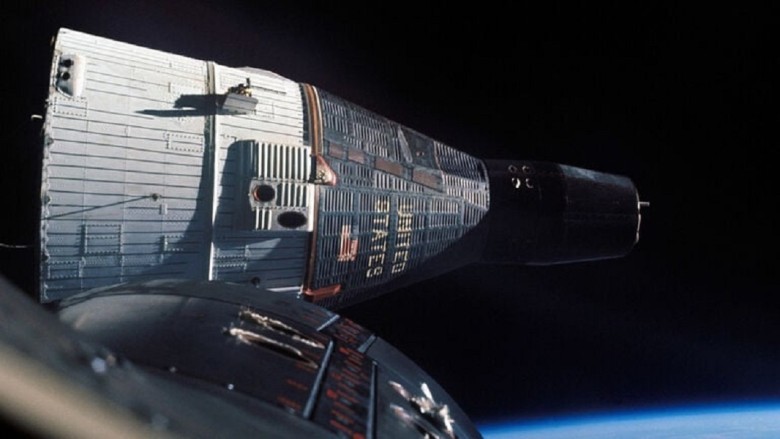
Ogden's report was a great success and a testament to his abilities as a journalist. This was particularly impressive considering how difficult it was to obtain information at the time. Ogden's article was a clear demonstration of his talent.
Father-Son Duo
Valentin Petrovich Ilyushin was a renowned test pilot who set many aviation records. His father, Sergey Vladimirovich Ilyushin, was a famous aircraft designer who created a series of planes for the Soviet Union during World War II. Thanks to his father's success in the Soviet government, Valentin Ilyushin had a unique opportunity to become part of the space research program.
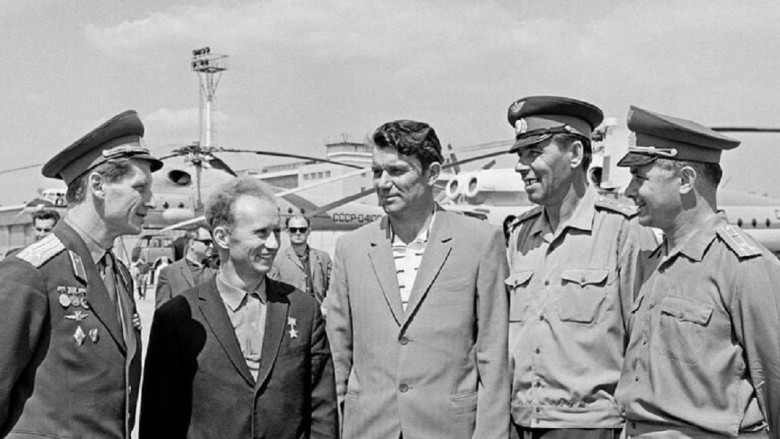
His father held an important position in the government, which made Valentin a prime candidate – he was eventually selected to be part of the first group of cosmonauts to explore the unknown. Valentin was determined to be part of this incredible mission and with luck and success, make his cosmonaut father proud.
Severe Injuries
The rumors surrounding Ilyushin Jr. were mysterious. It was said that he was sent to space without any issues and the mission went smoothly. However, upon returning to Earth, something went wrong, and the spacecraft deviated from its planned route. As a result, he suffered severe injuries.
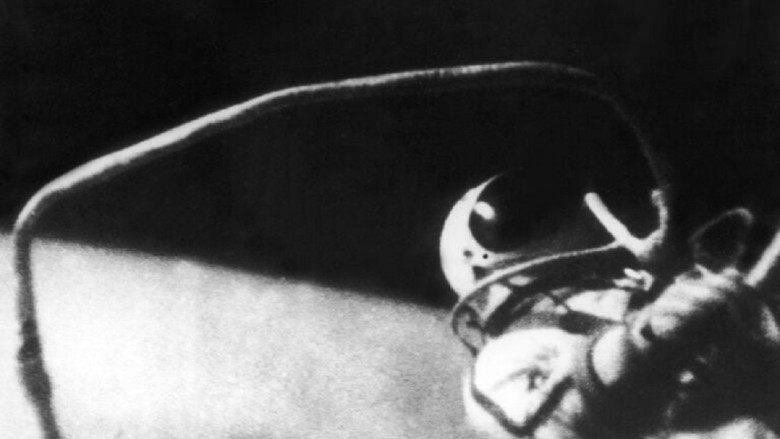
The incident has since been shrouded in mystery. Reports indicate that the spacecraft veered off course and left the pilot in a comatose state. It is still unclear what happened and why the truth never came to light.
Anonymous Source
On April 12, 1961, the "Spokesman-Review" reported that the rocket had been recovered and the pilot, Ilyushin, was in a hospital in Moscow. It was noted that the source was anonymous but trustworthy. Unfortunately, Ilyushin remained unconscious, and his condition was unknown.
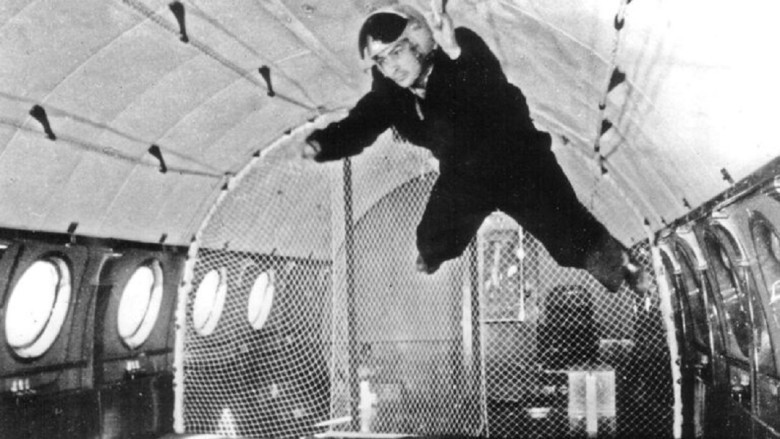
Incidents like this served as a reminder of how dangerous space exploration truly was. Every time a human was sent into space, there were a million things that could go wrong. Assistance was scarce during these missions.
Claims and Counterclaims
At the time of the incident, Ilyushin was brought to the hospital, which made the whole story seem credible. However, the Soviet Union claimed that he had been involved in a car accident. This raised questions about whether the Soviet Union could be trusted in this regard.
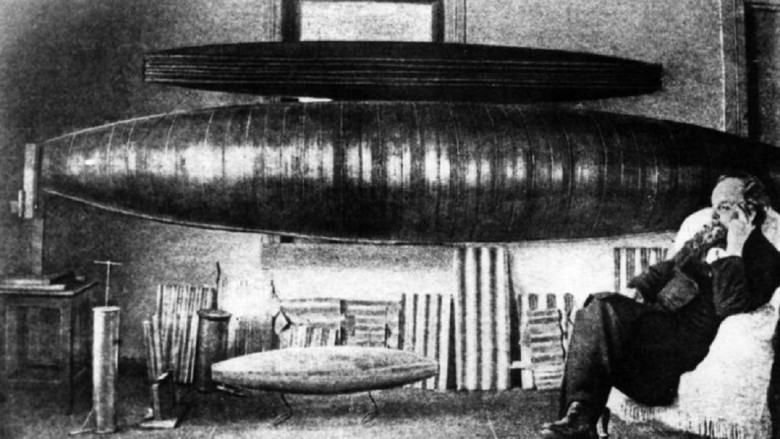
The fact that the Soviet Union was known for its lack of transparency and tendency to manipulate the truth cast doubt on the report. It is unclear whether the Soviet Union spoke the truth about the incident or swept the facts under the rug. Could the Soviet Union be trusted in this matter?
Sweeping Under the Rug
It is possible that the Soviet Union was not entirely truthful when they stated the reason for Ilyushin's hospitalization. In fact, the Soviet Union was known to keep secrets at that time. This was how they maintained the alleged success of the first man in space.
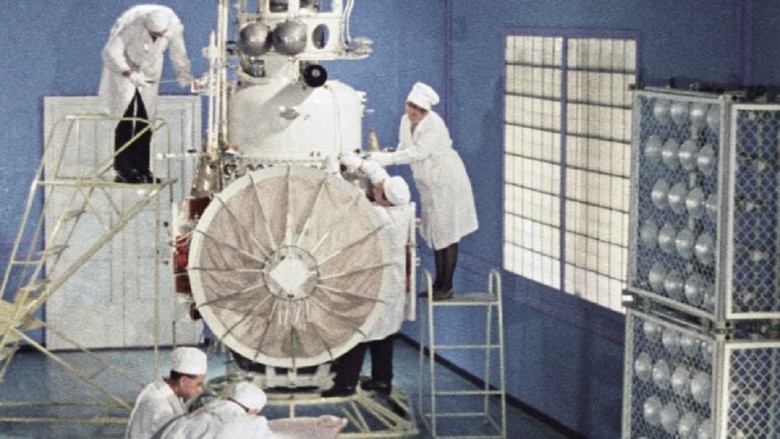
Unfortunately, there is no evidence to support these theories. Ogden claimed to have seen pictures of Ilyushin wearing the cosmonaut suit at the time of the flight, but he was never able to publish the picture. Ilyushin eventually passed away in 2010 without confirming anything. The question of what actually happened would remain unanswered.
Hailed as a Hero in China
Despite the lack of evidence, this rumor even reached China. Elliott Haimoff, a filmmaker, released several documentaries on the topic, suggesting that Ilyushin was taken to China after his failed landing.
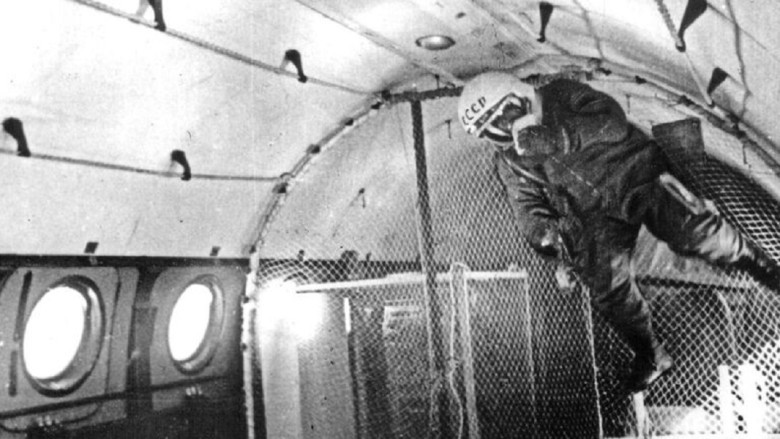
There were also alleged findings from Italy, where radio operators claimed to have recorded segments from space. This also appeared to have occurred around the time of Ilyushin's mission. However, these recordings never came to light.
More Lost Cosmonauts
Conspiracy theories surrounding cosmonauts have been around for decades and involve a significant number of individuals. One prominent person is the scientist Mikhail Rudenko, who worked for the Soviet Union in the 1950s and 60s. In 2011, he claimed that secret flights to outer space had taken place in 1959, 1958, and 1957, and three pilots had died. However, their names were never made public.
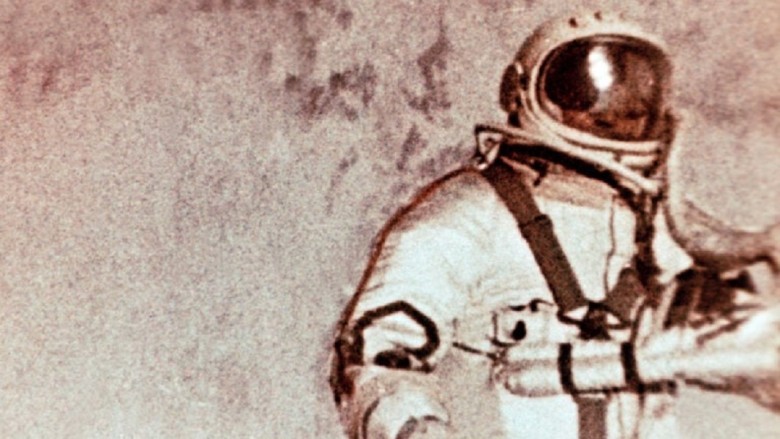
These claims were met with skepticism due to the lack of concrete evidence supporting Rudenko's information. The fact that he worked for the Soviet Union led some people to believe him. The mystery of the lost cosmonauts remains fascinating to this day.
No Resolution
It is highly unlikely that we will ever know the whole truth. There are too many unanswered questions and theories surrounding the Soviet Union and the space race. However, it is clear that the space race could have turned out differently.
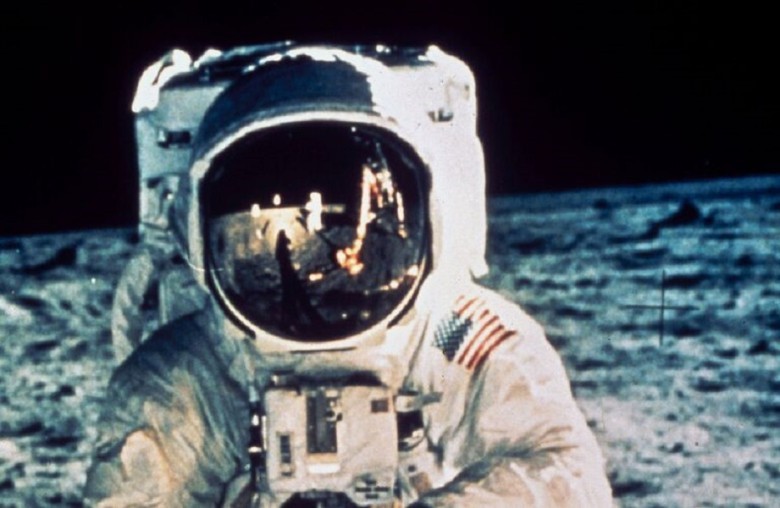
Both sides made significant advancements, and most of the time, it seemed like the Soviet Union was winning. Ultimately, America became the first to reach the moon. But in reality, it was the entire human race that benefited from these achievements.
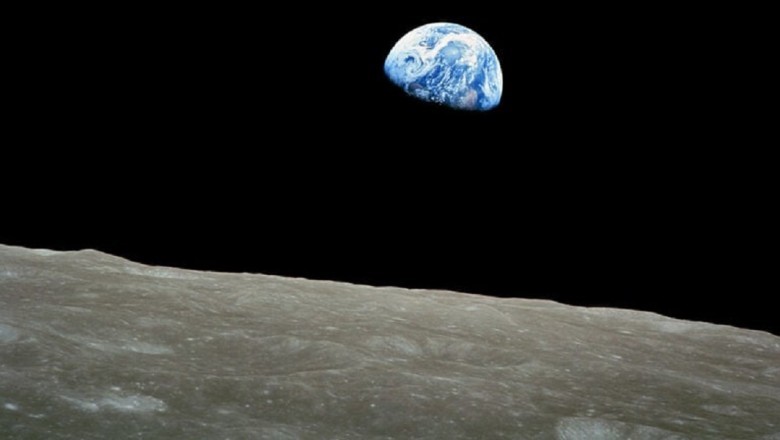


















































Comments
0 comment